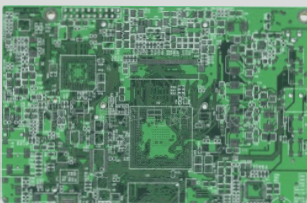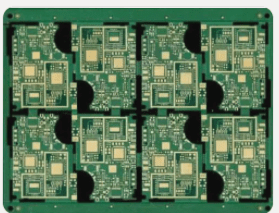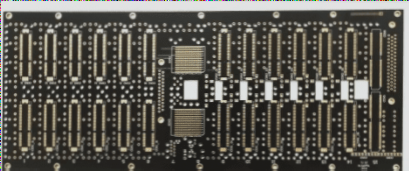What are the requirements for PCB design in 5G applications?
In the 5G era, the PCB industry faces new challenges, including the need for high-frequency, high-speed materials, advanced manufacturing processes, and precise equipment, alongside tighter quality control to meet the increasing demands of functionality, density, and reliability.
What are the requirements for PCB design in 5G applications? Read More »








